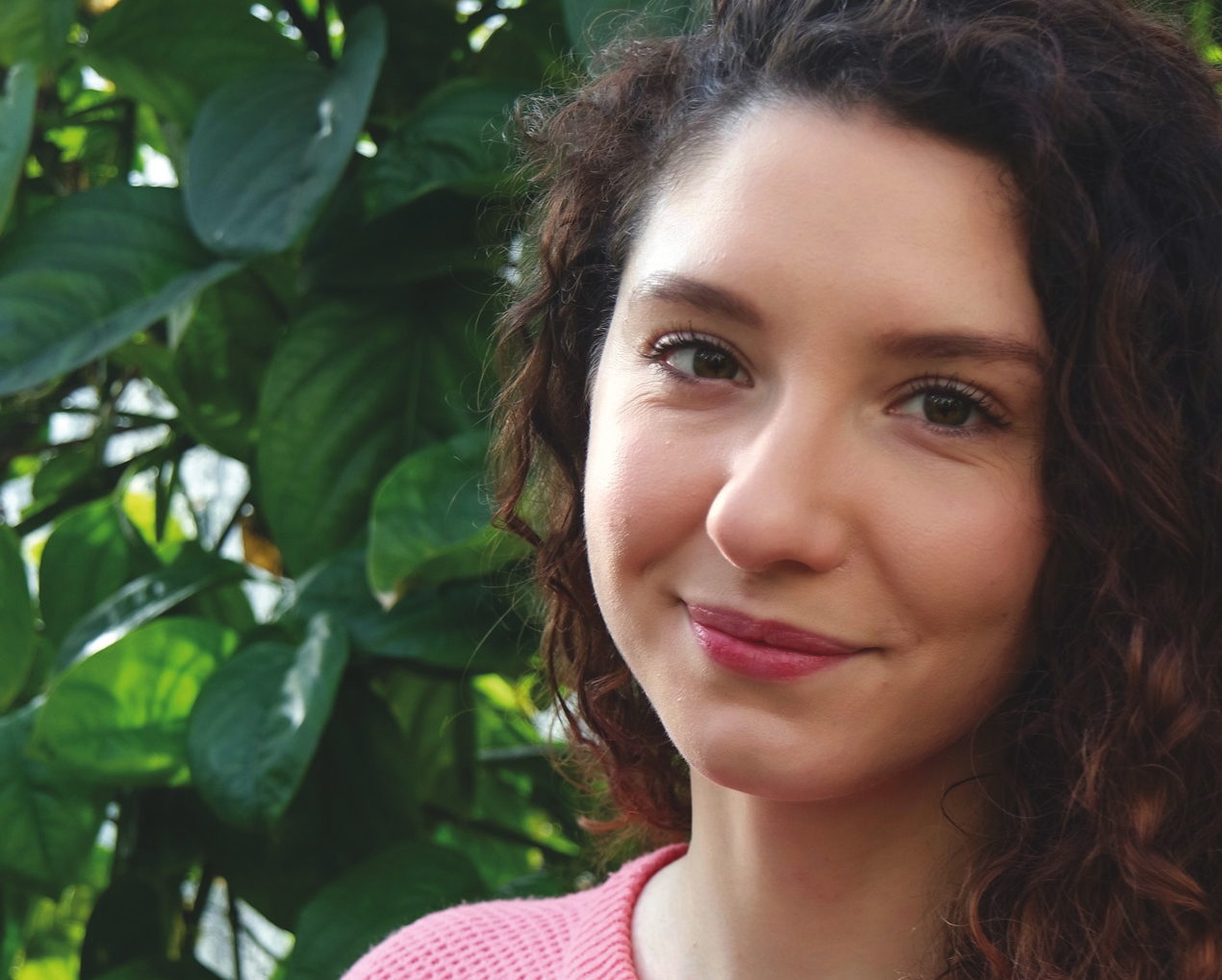Author Q&A:
Anbara Salam
Belladonna
(Fig Tree)
When 15-year-old Bridget first meets Isabella in their conservative Connecticut town, she is a breath of fresh air – worldly and alluring. When they both receive an offer to study art at the Academy in Italy, it’s a chance to solidify their friendship. But in a convent of silent nuns Bridget grows increasingly fearful that she will lose Isabella’s affections and the more desperate she gets, the greater the lengths she will go to keep her. In her second novel, the half-Palestinian half-Scotish author of Things Bright and Beautiful revisits themes of exotic locations, religion, freedom and complicated love.
Tell us about the title of the book.
Belladonna is a poisonous plant (also known as deadly nightshade), and for me, it implies something feminine and deadly, with a nod to the Italian setting of the novel. I was also thinking about how the berries were historically used as a beauty treatment to enlarge women’s pupils, so there is a connection to the “eye of the beholder” nature of unrequited love. I chose the title very early on in the writing process, and was so thrilled when my editors loved it too.
Belladonna is about jealousy, betrayal and obsession. Are friendships and loves ever as intense as they are in our teens?
I hope not! Maybe it’s because we love with a certain kind of abandon when we’re young – without the full awareness of the anguish of heartbreak. Once you’ve had your heart broken, I think you’re a bit more tentative about throwing your whole being at the mercy of another person. And school definitely plays a role in the intensity of those early relationships – it’s a pretty claustrophobic environment where every gesture and comment is charged with hyper-importance.
Did a real place inspire the Academy of the novel?
I was kind of thinking of a fantasy version of the Courtauld Institute of Art, except less rigorous! I was picturing the sort of institution where conservative, wealthy American families would be comfortable sending their daughters for a year of culture in the 1950s, and a silent convent was exactly the sort of setting that would seem safe, and yet provide opportunities for intrigue.
You have a PhD in theology. How have your studies informed the novel?
As a student, I was really interested in how Christian and Islamic ideas of mystical religious experience have this powerfully self-destructive quality – the poetry of Rumi, or the writings of St Teresa of Avila, for example. The way that these thinkers engage with religious love has almost erotic subtext, because they involve a yielding, union with the divine, loss of self in love, a physical surrender. We use so much of that kind of language when talking about romantic love, and I was interested in putting those two kinds of narratives together – the self-destructiveness of romantic love, and the self-destructiveness implied in ecstatic religious devotion.
Black Lives Matter protests show the limits of what has been achieved for racial equality since the 1950s. Are you hopeful that the current protests could achieve decisive change?
Absolutely – but to achieve decisive change, there has to be institutional and structural self-examination. It’s easy for a corporation to wave a banner for a week, but the real rebuilding takes commitment and time. I’m hopeful!
Does dual heritage sometimes create more of an internal struggle than a desire to take the struggle to the streets?
Not in my experience. Personally, a healthy dollop of identity crisis has been part of navigating different cultural influences, but that only reinforces the role of structural inequality in shaping people’s lives.
Is it your hope that your readers love Bridget, even if at times they don’t like her very much?
It’s my hope that readers will be able to empathise with Bridget, even if they don’t like her. She’s awkward and petty, and obsessive, and her youth explains some of her least likeable qualities in a way that I hope is relatable. But I’m not sure about love. I think to love an unlikeable person, you have to be hypnotised by them, there has to be something magnetic, charismatic, glamorous about their bad behaviour. With Bridget, her bad behaviour is quite clandestine and shallow. My hope is that in Bridget, readers will recognise and forgive some of their own secret slights and thwarted desires.

Leave a reply
Your email address will not be published.